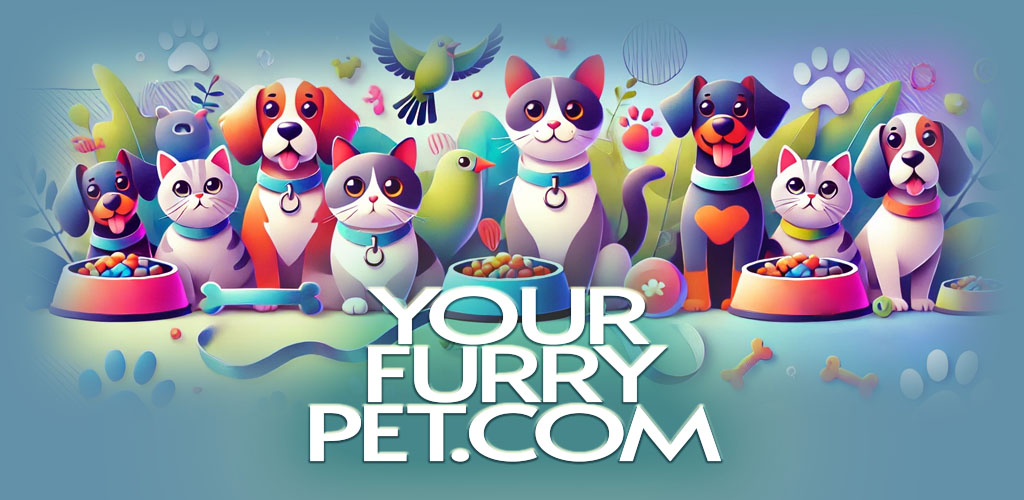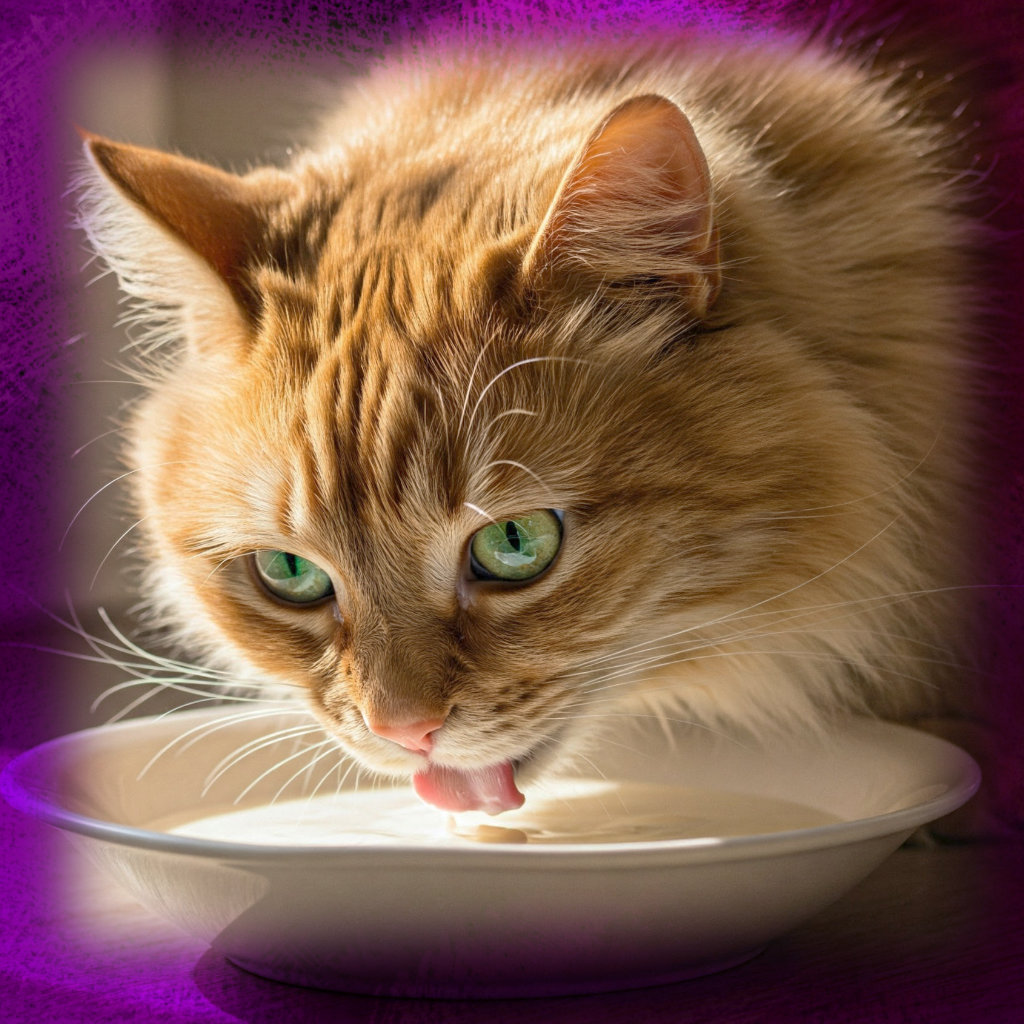The image of a cat lapping up a saucer of milk is deeply ingrained in popular culture. From children’s books to classic cartoons, this trope persists—but is it rooted in reality? The truth is far more complex. While kittens rely on their mother’s milk for survival, adult cats often struggle to digest dairy. Understanding the science behind feline digestion is crucial for responsible pet ownership.
The Biology of Cats and Lactose Intolerance
Cats, like many mammals, produce lactase as kittens—an enzyme necessary for breaking down lactose in milk. However, as they mature, lactase production typically dwindles. This biological shift renders most adult cats lactose intolerant. Without sufficient lactase, undigested lactose ferments in the gut, leading to discomfort.
Historical Context: Why Do We Associate Cats with Milk?
The link between cats and milk dates back to agrarian societies. Farm cats were often given leftover milk as a cheap source of calories. Over time, this practice became romanticized in art and literature, overshadowing its potential harm.
What Happens When a Cat Drinks Milk?
Ingesting milk can trigger bloating, diarrhea, and vomiting in lactose-intolerant cats. The severity varies, but even small amounts may disrupt their delicate digestive balance. Chronic exposure could contribute to obesity or pancreatitis due to high fat content.
Lactose Intolerance in Cats: Signs and Symptoms
Watch for lethargy, excessive grooming, or litter box issues after dairy consumption. These subtle signs often precede more acute distress. Unlike humans, cats cannot verbalize discomfort, making vigilance essential.
Is Milk Safe for Cats? Find Out!
1. Introduction
The whimsical image of a cat contentedly lapping milk from a saucer is a cultural staple. Yet, this seemingly innocent indulgence may harbor hidden risks. While kittens thrive on their mother’s milk, adult cats often lack the enzymes needed to digest dairy properly. This article dismantles myths, explores feline biology, and offers science-backed guidance on whether milk belongs in your cat’s diet.
2. The Biology of Cats and Lactose Intolerance
Cats are obligate carnivores, evolutionarily designed to derive nutrients from meat—not dairy. Kittens produce lactase, the enzyme that breaks down lactose, but production typically ceases after weaning. By adulthood, most cats become lactose intolerant, meaning undigested lactose ferments in their intestines, causing gas, cramps, and diarrhea.
3. Historical Context: Why Do We Associate Cats with Milk?
The trope of cats drinking milk stems from agrarian traditions. In pre-industrial Europe, dairy farms often fed surplus milk to barn cats. This practice, coupled with artistic depictions (think Tom and Jerry), cemented the myth. However, convenience doesn’t equate to safety—modern veterinary science reveals the pitfalls of this outdated habit.
4. What Happens When a Cat Drinks Milk?
Lactose-intolerant cats experience osmotic diarrhea as undigested sugars draw water into the intestines. Symptoms may include:
- Bloating
- Lethargy
- Vomiting
Chronic consumption can lead to malnutrition, as digestive distress impairs nutrient absorption.
5. Lactose Intolerance in Cats: Signs and Symptoms
Not all reactions are immediate. Subtle indicators include:
- Excessive grooming (a stress response)
- Loose stools within 12 hours
- Avoidance of food post-consumption
6. Nutritional Needs of Cats
Felines require high-protein, low-carb diets rich in taurine, arachidonic acid, and vitamin A—none of which milk provides sufficiently. Cow’s milk is also high in calories, contributing to obesity without meeting essential dietary needs.
7. The Dangers of Feeding Milk to Cats
Beyond lactose intolerance, risks include:
- Pancreatitis: High-fat content strains the pancreas.
- Diabetes: Excess sugars may spike insulin resistance.
- Dehydration: Diarrhea accelerates fluid loss.
8. Are Some Cats Able to Tolerate Milk?
A rare subset of cats retains lactase into adulthood, but even these individuals should consume dairy sparingly. Genetic testing or gradual trials (under vet supervision) can identify tolerance.
9. Kittens and Milk: A Special Case?
Kittens rely on their mother’s milk for antibodies and nutrients. Cow’s milk, however, lacks appropriate fat-protein ratios and can cause diarrhea. Orphaned kittens require species-specific formula—never dairy substitutes.
10. Milk Substitutes for Cats
Safer alternatives include:
- Lactose-free cat milk (e.g., Cat-Sip)
- Goat’s milk (lower lactose, easier digestion)
- Bone broth (hydrating and nutrient-dense)
11. Human Foods That Are Worse Than Milk for Cats
Milk pales in toxicity compared to:
- Chocolate (theobromine poisoning)
- Onions (hemolytic anemia)
- Xylitol (lethal hypoglycemia)
12. Common Misconceptions About Cats and Dairy
- Myth: Cheese is safe.
Truth: Hard cheeses have less lactose but are high in salt. - Myth: A lick won’t hurt.
Truth: Cumulative exposure worsens intolerance.
13. Veterinary Perspectives on Milk Consumption
Vets uniformly advise against milk. Dr. Jane Mathews notes, “Clients often mistake begging for nutritional need—cats crave fat, not lactose.”
14. Alternatives to Milk for Hydration
Fresh water is paramount. Enhance intake with:
- Pet water fountains (encourages drinking)
- Wet food (70% moisture content)
15. What If Your Cat Accidentally Drinks Milk?
Monitor for 24 hours. Offer electrolyte solutions (unflavored Pedialyte) and withhold food if vomiting occurs. Seek a vet if symptoms persist.
16. The Role of Fat Content in Dairy Products
Whole milk’s 4% fat is problematic, but cream (30% fat) is riskier. Opt for skim milk if testing tolerance—though abstention is wiser.
17. Milk as a Treat: Is It Ever Acceptable?
If tolerated, limit to 1 tsp monthly. Healthier rewards include:
- Freeze-dried chicken
- Commercial cat treats
18. The Psychological Appeal of Milk for Cats
Dairy’s fat and protein mimic meat’s mouthfeel, triggering instinctual attraction. This doesn’t imply nutritional benefit.
19. Homemade Milk Alternatives for Cats
Try:
- Diluted lactose-free milk (1:3 with water)
- Almond milk (unsweetened) (in moderation)
20. Commercial Cat Foods with Dairy Ingredients
Scrutinize labels for:
- Whey powder (low-lactose but unnecessary)
- Casein (a milk protein some cats tolerate)
21. The Link Between Milk and Feline Diabetes
Excess sugars from lactose may overwork the pancreas, increasing diabetes risk—especially in overweight cats.
22. Senior Cats and Milk Sensitivity
Aging felines produce even less lactase. Dairy can exacerbate IBD or kidney disease.
23. Milk Allergies vs. Lactose Intolerance
Allergies involve immune reactions (itchiness, swelling), while intolerance causes digestive upset. Both warrant dairy avoidance.
24. The Evolutionary Reason Cats Lose Lactase
Wild cats wean at 12 weeks, switching to prey. Lactase persistence offered no survival advantage, so genes phased it out.
25. Milk in Cat Rescue and Rehabilitation
Rescuers use kitten formula (e.g., KMR), never cow’s milk, which causes fatal diarrhea in neonates.
26. Milk and Dental Health in Cats
Milk sugars fuel oral bacteria, accelerating plaque. Water is the only safe “rinse.”
27. Cultural Differences in Feeding Cats Milk
In India, buffalo milk is traditionally given, yet urban vets now discourage it. Global awareness is shifting.
28. Scientific Studies on Feline Lactose Intolerance
A 2021 Journal of Feline Medicine study found 68% of cats exhibited lactose intolerance symptoms post-dairy.
29. Final Verdict: Should You Give Your Cat Milk?
The risks outweigh fleeting enjoyment. For obligate carnivores, meat—not milk—is biological gold.
30. Conclusion
Dispelling the milk myth is key to feline wellness. Prioritize species-appropriate nutrition, and reserve dairy for cultural nostalgia, not your cat’s bowl.

